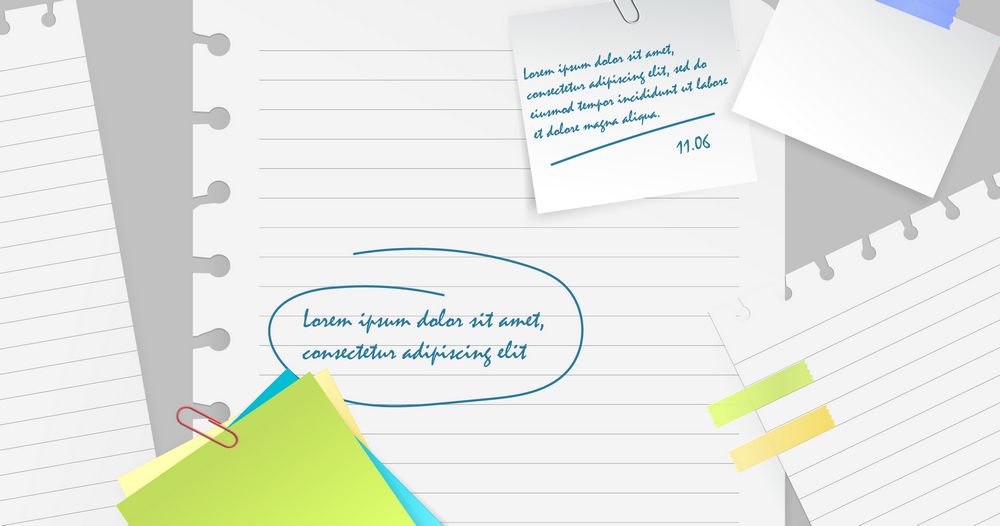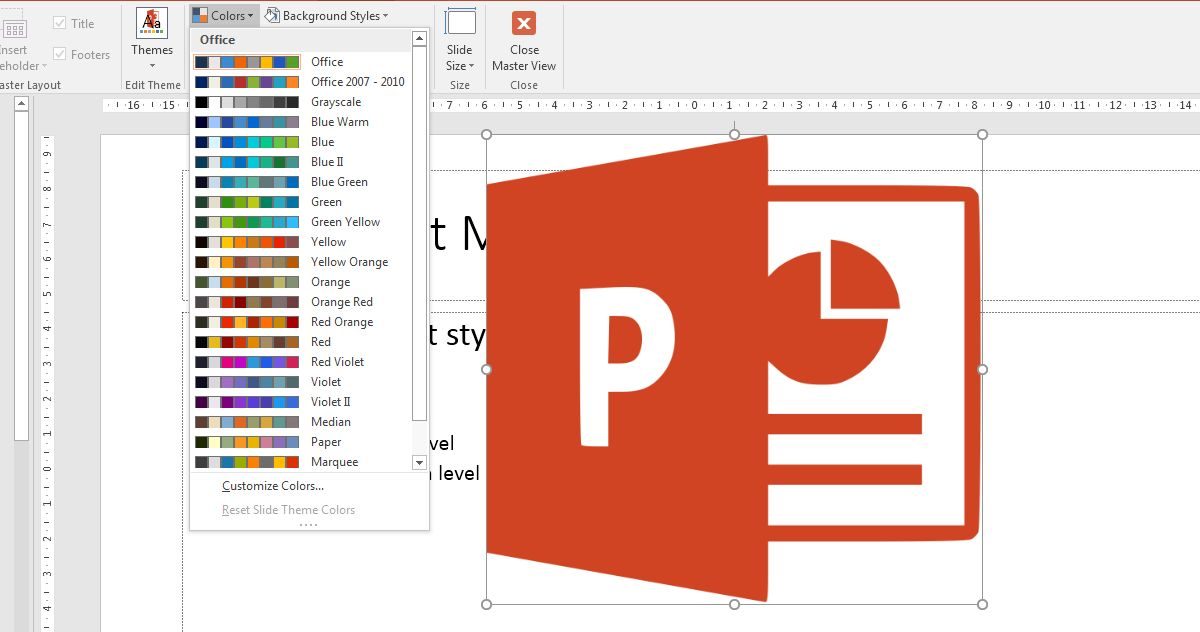If you want to make sure your create a presentation that is both effective and informational, you should make use of these five design tips for great PowerPoint presentations below. You might be surprised by the way simple changes can impact your presentations.
Table of Contents
Remember the Text
Creating slides isn’t just about color and image, especially in the world of public presentations.
How you incorporate text into your slides will make the difference between a useful slide and one that loses the attention of your audience. Make sure to use easy-to-read fonts and to avoid overloading your slides with text.

The rule tends to be that the less text on a slide, the better.
Never go over six lines if possible, and try to keep closer to two-to-three lines per slide. Make it easier for your presentation attendees to read each slide by avoiding text stuffing.
Consider Your Transitions
If you can avoid anything fancy, do so.
It’s very easy to avoid thinking about transitions – after all, they’re not a huge part of the presentation. Since the software includes a variety of transition options, though, it’s important for you to consider how you’ll use them.
Transitions add very little to a presentations. No one will be awed by your design savvy when you use a specific type of wipe from one slide to the next. Slide transitions simply inform the audience that your presentation has progressed from one slide to another slide. That’s it.
If using a transition won’t add to your presentation, leave it off.
Be Careful with Stock
There’s no doubt that stock images are a part of the design world. But they sometimes don’t add much to a presentation.
When integrated poorly, stock images have a tendency to stand out from even the best slides. They take the viewer’s eye away from important information and remind them that the designer didn’t put in the time or effort to source a unique or applicable image.

If you’re uncomfortable with finding the perfect stock image yourself, consider working with a designer who can either identify something that will fit well or who can work with some stock vector art to quickly create something original.
It’s better to have no images attached to your project than to add one that will detract from your slides because it’s only loosely related to your topic.
Contrast Matters
When it comes to your presentation, readability is king.
Having a good contrast between your background and text will allow the text to pop out and make it easier to read.
This is a simple tip that’s natural to most designers. But failure to adhere to it can cause you major problems.
Try using simple, contrasting colors to achieve the ideal effect. Remember, if it strains your eyes on a computer screen, it will likely do the same for your audience.
Make your slides easier to read and they’ll look that much more impressive on the big screen. For more on color grouping and contrast, check here.
Simplicity Works
Above all else, remember to keep it simple.
When many users start the process of mastering presentation software, they want to use everything the suite of tools has to offer. In time, though, you’ll start to learn that less is more.
Your presentation is meant as a device for conveying information. And at the end of the day, you want to make sure that your choices serve that purpose. If you’re concerned about how busy your presentation might be, you can take the Steve Jobs Simplicity Test.
Your presentation should be designed to serve its ultimate purpose. Make it beautiful, make it unique, but above all else make it functional. Once you create a slide of which you can be proud, you can share it with the world.
A presentation is neither simple nor easy to grasp. But once you learn the rules you can create presentations that help get your point across effectively.
Remember to keep things simple and follow these basics to create the best presentations.
The original article is here.

